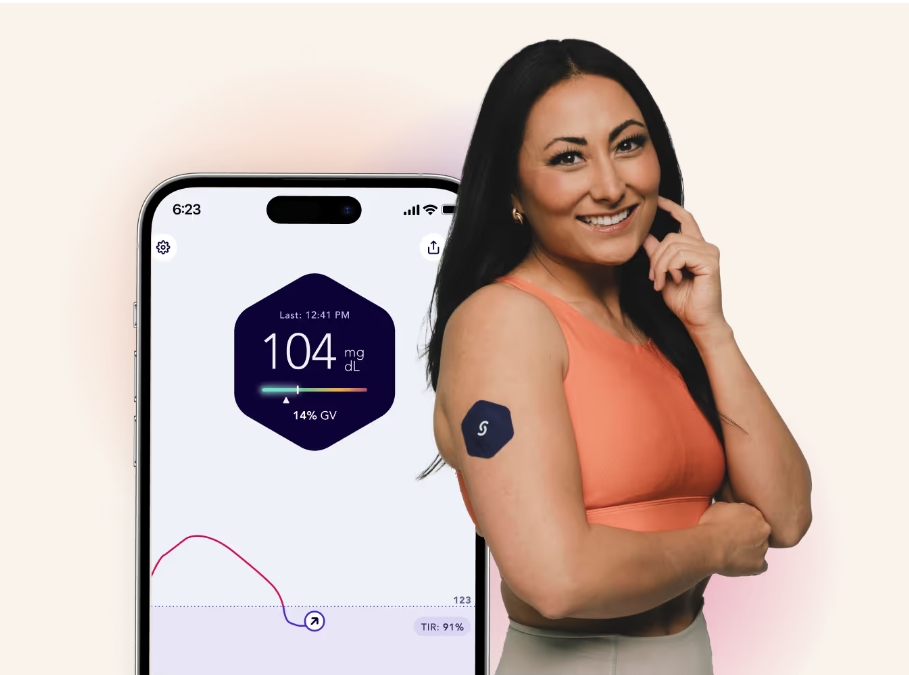When we first started trying to balance our mom’s blood sugar to protect her brain, we thought we knew what to cut out.
No cookies.
No cakes.
No candy.
Check, check, and check.
Don’t get us wrong—our mom has a serious sweet tooth. But we’d already dialed way back on the obvious stuff. So we thought, okay, we’ve got this sugar thing handled… right?
Spoiler: We did not have this handled.
| Food | What Her Body Saw |
|---|---|
| Low-fat fruit yogurt | Sugar spike |
| Granola | Sugar spike |
| Whole wheat toast | Sugar spike |
| Pasta | Sugar spike |
| Banana | Sugar spike |
| Oatmeal with raisins | Sugar spike |
How We Turned It Around (Without Giving Up Everything Fun)
We started making simple swaps once we could see what was spiking our mom’s blood sugar. No fad diets. No food guilt. These thoughtful changes helped stabilize her energy and protect her brain.
Here’s what we traded in:
- Oatmeal → Eggs with spinach and goat cheese, plus a side of turkey sausage
- Banana Smoothie → Full-fat plain Greek yogurt with half a banana and a sprinkle of grain-free granola for crunch
- Ham & cheese sandwich → Grilled chicken, green beans, and half a roasted sweet potato
We didn’t overhaul the pantry overnight. We just started listening to our mom’s body and adjusting one meal at a time.
And the result? More energy. Less crankiness. Fewer foggy afternoons.
And yes—she still enjoys sweets! We plan them better now so they work with her body instead of against it.
One Simple Step (That Made All the Difference)
If all of this feels like a lot—take a deep breath. It felt like that for us, too.
But here’s the thing that made everything less overwhelming:
We outsourced the thinking to her body.
With a CGM, we stopped guessing. We stopped Googling. We let her body show us what it liked—and what left her feeling drained.
Want to try this, too? Start small:
Tomorrow morning, swap out the toast or cereal for a protein-rich breakfast—like scrambled eggs with veggies or full-fat plain Greek yogurt with nuts and a few berries.
Then… just observe. How does your loved one feel afterward? More alert? Less foggy? Calmer?
If you’re ready to dig deeper, consider trying a CGM. It’s like having a daily check-in with your metabolism—and honestly, it’s way more helpful than just crossing your fingers at breakfast.




